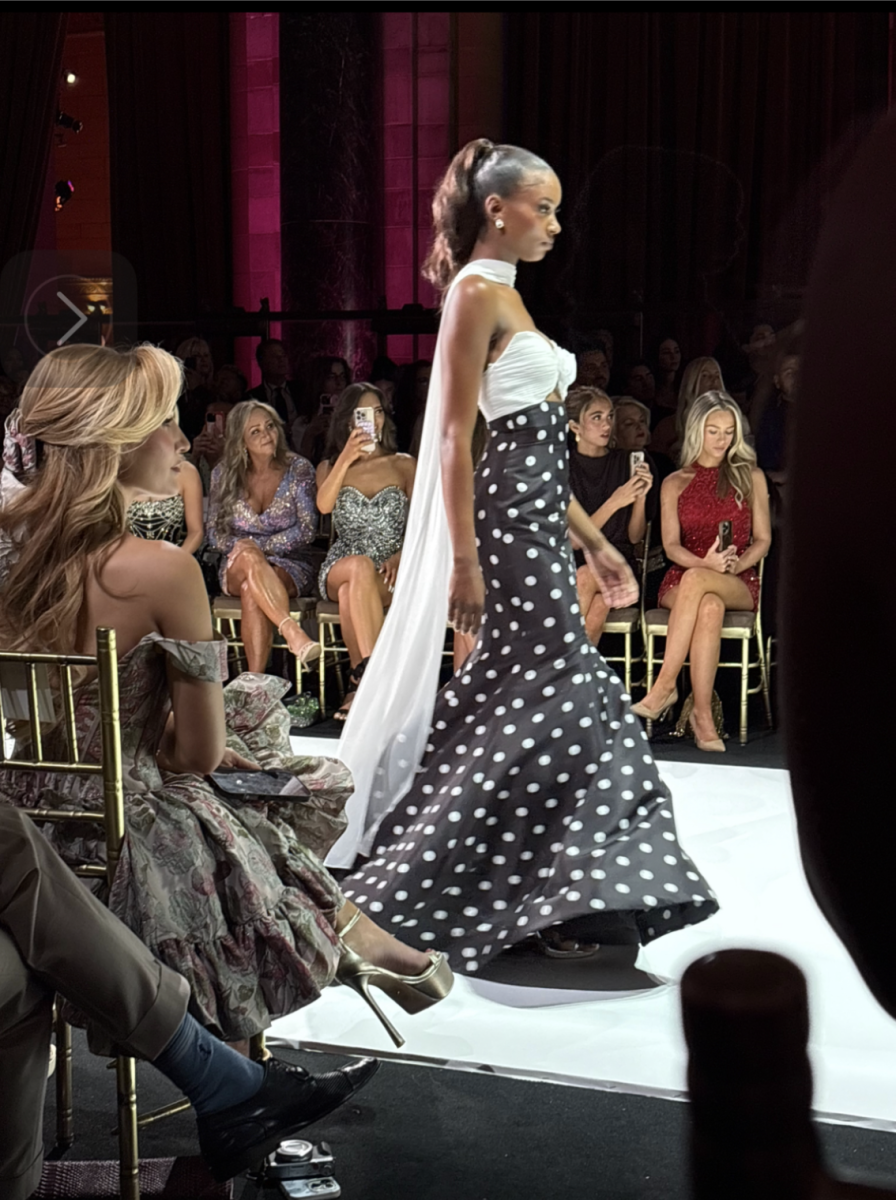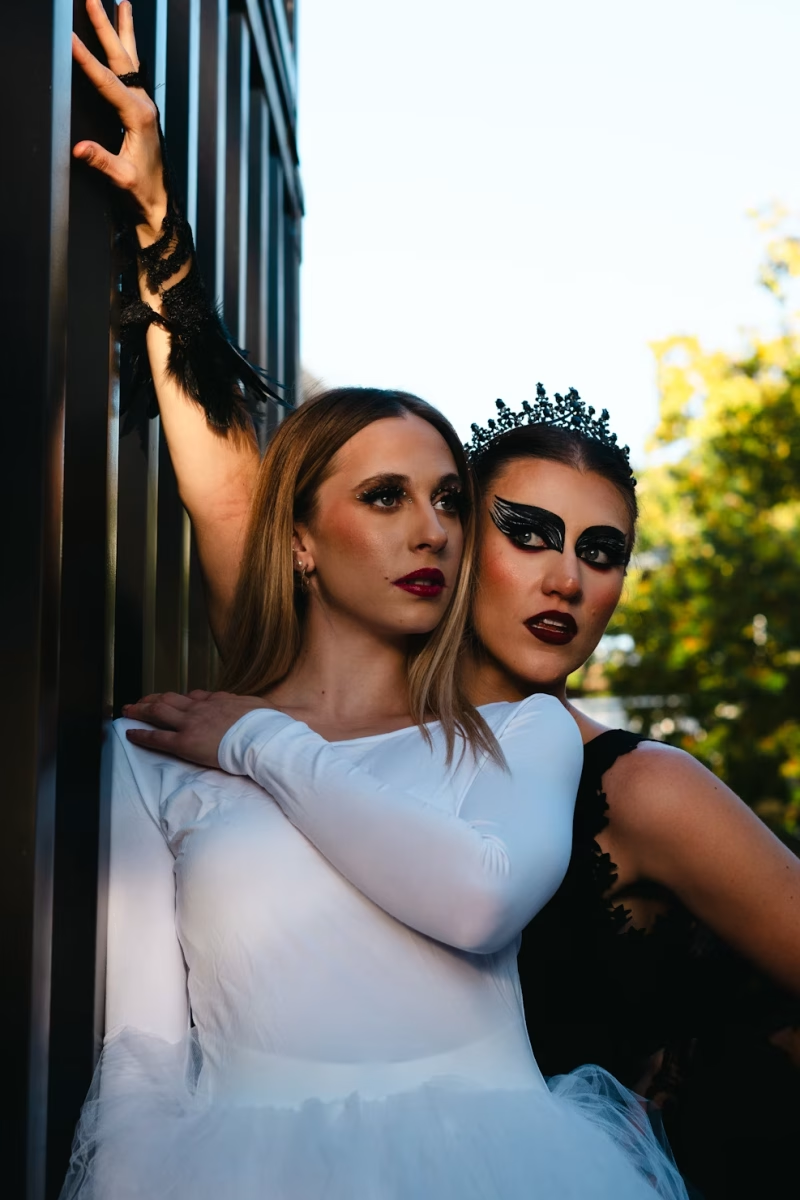There is a reason why traveling and seeing the world is a very important aspect of every designer’s life. When traveling, we experience new cultures, ideas and draw inspiration from them. This allows us to better understand the significance of cultural and religious garments worn by others.
When debating cultural appropriation versus appreciation in the fashion industry, everything comes down to simply having conversations with others of different backgrounds and educating ourselves on the history and significance behind cultural garments and styling choices.
While taking style inspiration from other cultures it is important to understand the significance of the piece you are styling. Ask yourself, “Does this hold religious importance? Am I correctly wearing the garment?” and “Does my wearing this disrespect those belonging to this culture?” If after reflecting on these prompts you can continue to style the piece then there should not be an issue. The thing most people do not understand about other cultures is that they are more than happy to share their ideologies and fashions with others, but all they ask in return is that others showcase their culture with respect and in the manner it is meant to be presented.
After speaking with Kent State University student, Zahra Najafi, I was able to get the perspective of someone who’s culture and religion is oftentimes one of great inspiration. Najafi is Muslim and practices Islam and as a result of this, she wears a hijab. She was born and raised in America, by parents who have taught her Persian morals and values. Like anyone else her age, she enjoys her social life and stays up-to-date on current styles and trends.
When asked about how she feels about people taking inspiration from other cultures and religions in terms of fashion she said she thinks it’s a great thing.
“I only have distaste for it when individuals [in general] take inspiration from someone else and never give credit, or explain to others where their ideas came from,” she said. “Culture is very deep and heavy in the fact that it is something that has been refined through a group of people’s suffering, happiness, famine, war, victory and trials.”
When thinking about why some people become so enamored with other cultures Najafi said sometimes people feel misplaced in their environment and may find more comfort in the values of a different culture.
“As a result, they may start eating their food, listening to their music, etc… It’s difficult to put in words, but I think this is a very real situation,” she said. “In this case, I believe it best for the individual to move to that country [or] around that group of people. This way when they go to school there and get a job, it is a way of paying your dues.”
In regards to a possible solution to cultural appropriation, Najafi said the issue never bothered her too much.
“I feel many today fail to realize that they have also indulged in heavy cultural appropriation, whether or not you are a minority,” she said. “Culture is food, language, clothes, hair, music, values, mannerisms. Food has been so exploited and everyone is a part of this. Culturally appropriating Italian, Mediterranean, Japanese, Indian, Chinese, etc… I never understood why people act like mixing ingredients is different from mixing clothes or hairstyles, because from my perspective, it’s the same.”
At the end of the day, the problem surrounding cultural appropriation versus appreciation stems from the idea of simply educating oneself.
Everyone remembers when wearing hair sticks was a thing in the 90s. When worn for practicality purposes this was not seen as cultural appropriation, but when they were styled as “chopsticks” in someone’s hair and used as a costume accessory, this is when problems arose. This main problem was that the costume depiction of an Asian woman was highly inappropriate and racist, and the entire depiction was inaccurate as Asian women have never had a history of wearing hair sticks, let alone chopsticks, in their hair.
In fact the notion of wearing hair sticks dates all the way back to 3000 B.C. when Ancient Egyptian, Roman, Greek and Germanic women wore them for their functionality. What I am trying to say is that before you hop on the bandwagon of styling a new trend, make sure you understand the significance and intended use of the garment you are styling.
My goal is not to scare you away from taking inspiration from other cultures. In fact, I encourage you to look at others for inspiration now that you understand how to do so the correct way. Remember that as a population we all share one thing in common and that is our ability to express ourselves in what we wear.
Support Student Media
Hi, I’m Maria McGinnis, a senior journalism student from Stow, Ohio. I’m also the editor in chief of A Magazine. My staff and I are committed to bringing you the most important and entertaining news from the realms of fashion, beauty and culture. We are full-time students and hard-working journalists. While we get support from the student media fee and earned revenue such as advertising, both of those continue to decline. Your generous gift of any amount will help enhance our student experience as we grow into working professionals. Please go here to donate to A Magazine.



















